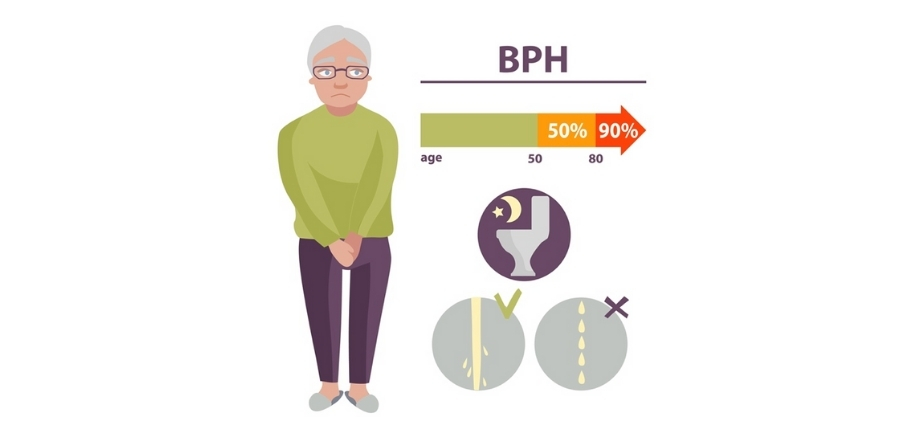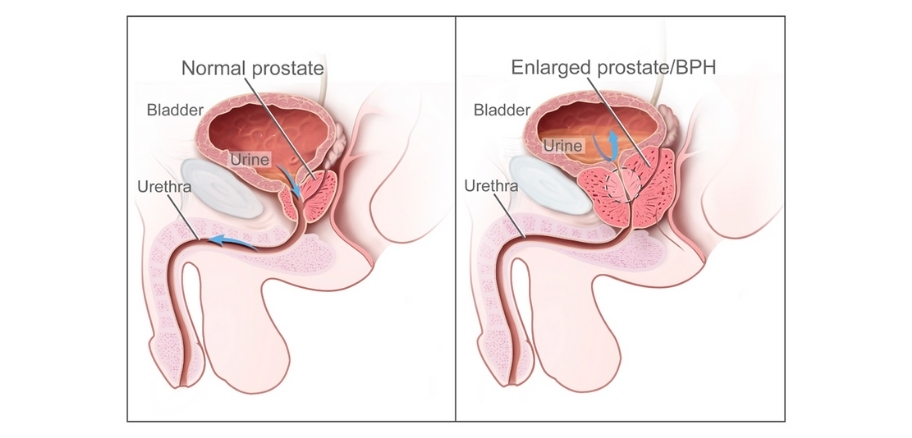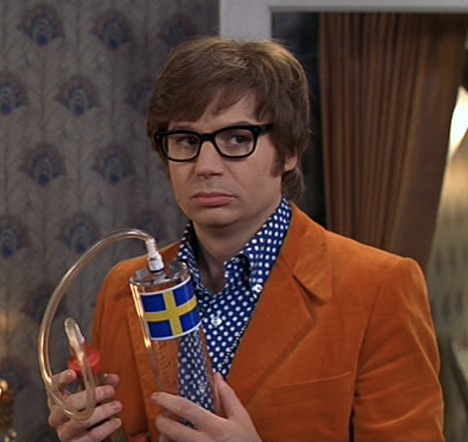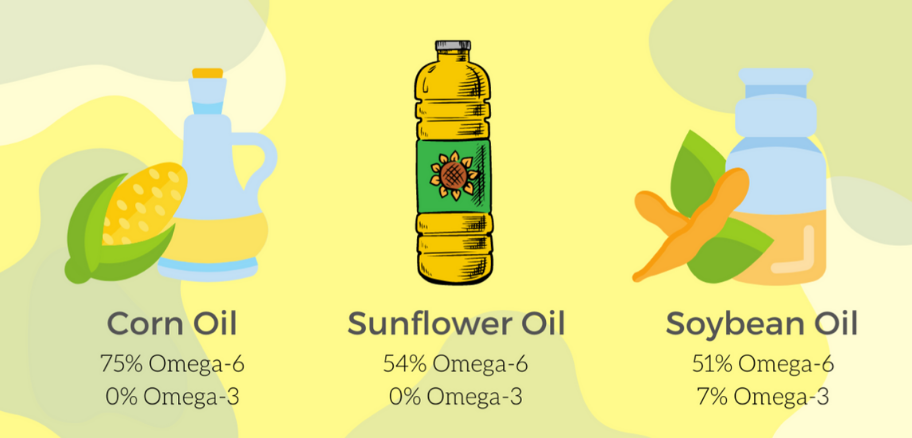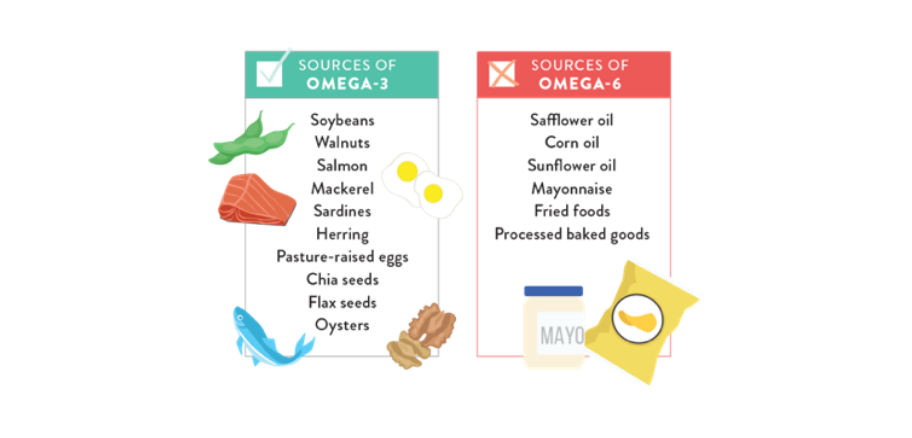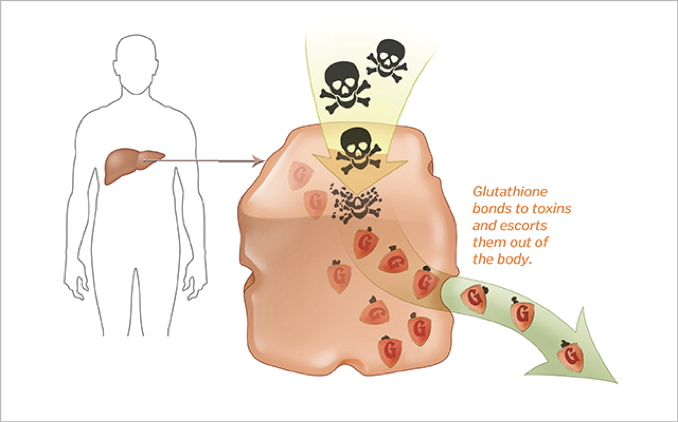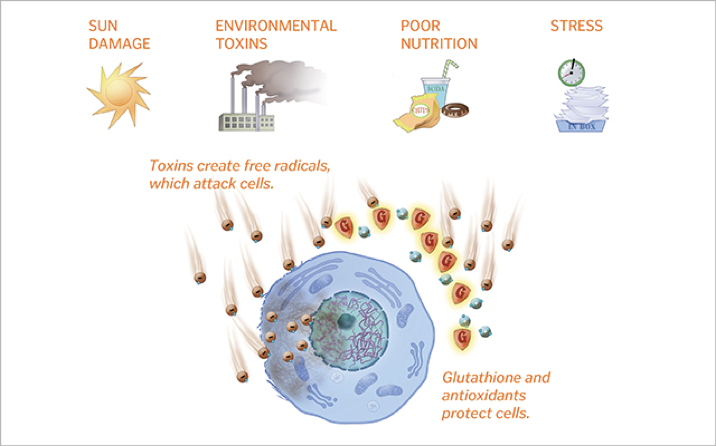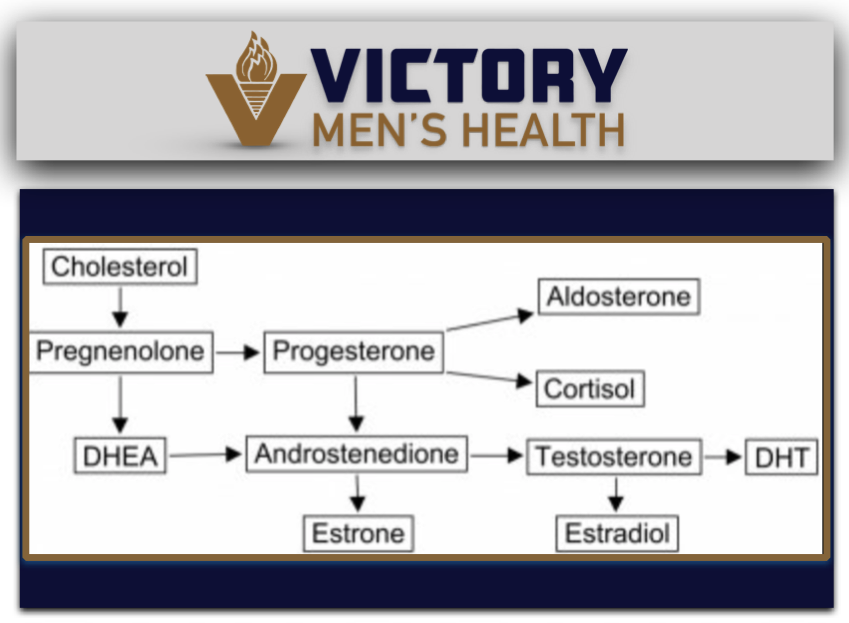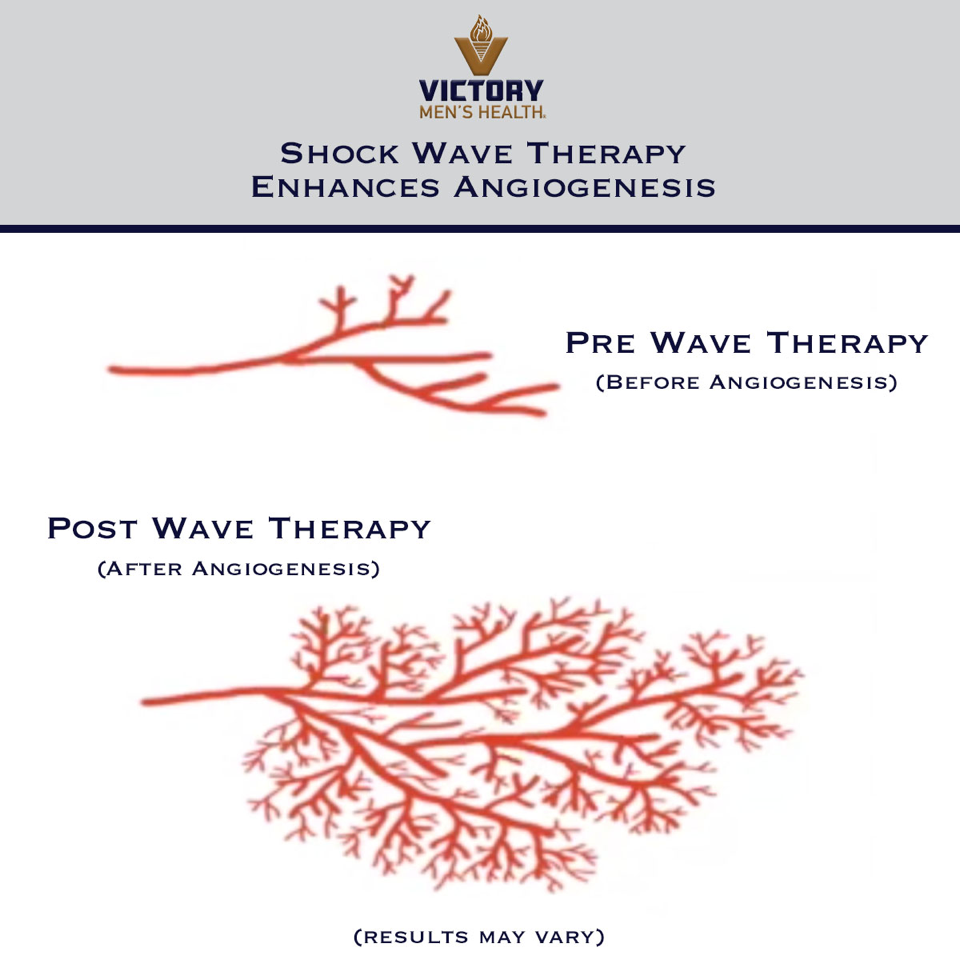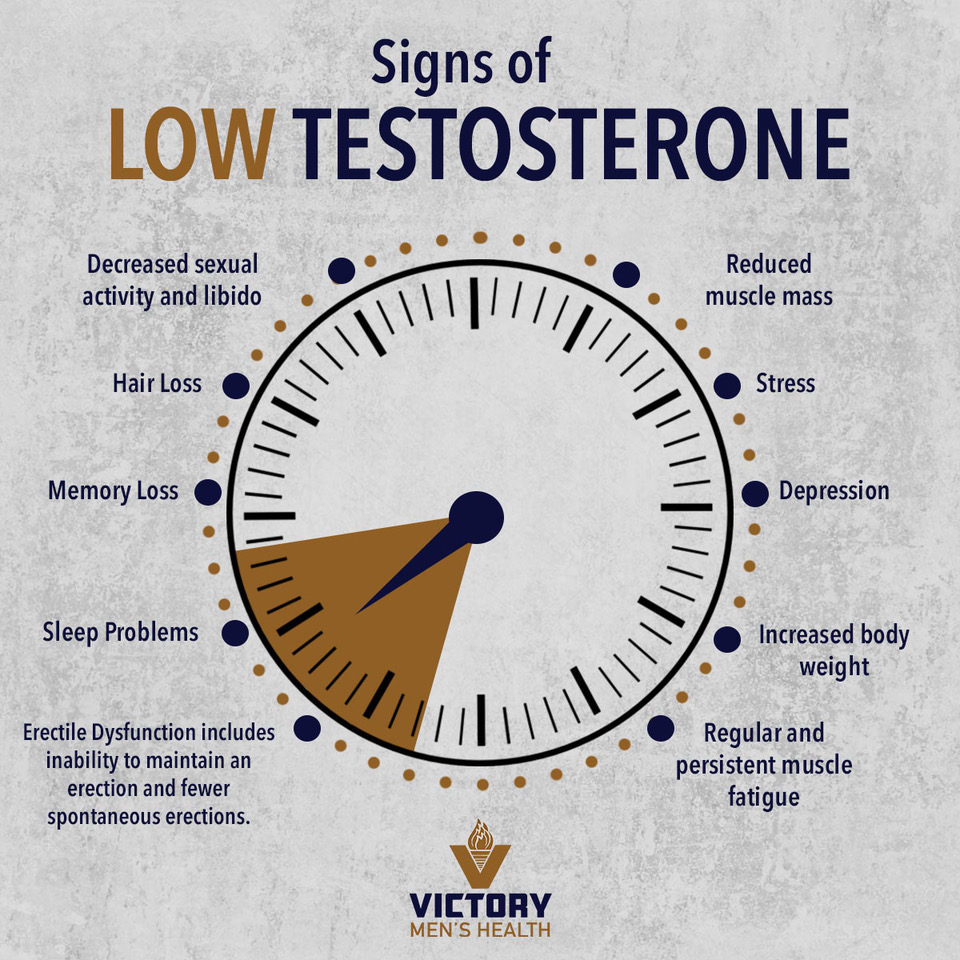Hanging a little to the left or right is common in men… but a severe curvature of the penis can be a diagnosable condition called Peyronies disease. Although not a life-threatening condition or a disease that can spread to other parts of the body, Peyronies causes about 10% of men to be “bent out of shape”. Peyronies can cause twisting, severe angles to the right or left, indentations, and, in severe cases, prevent sexual interactions.
What is Peyronies Disease?
Peyronies is an abnormal buildup of plaque that forms under the skin and causes a curvature to the penial tissue. The linings that make up the two internal chambers of the penis that fill with blood to form an erection are made of tissues that are strong, yet flexible. The molecules that make it flexible, called elastin, are mixed with strong molecules called collagen. When an imbalance occurs in the organization of the two molecules, parts of the penis cannot stretch resulting in a kink at that point. The point at which it kinks/bends often contains a nodule of plaque which is simply a buildup of tissue.
Over time, calcium deposits can build up on the plaque causing it to harden or worsen. The plaque is usually on the top or side of the shaft and rarely near the urethra. A nodule is not always present, but can also appear as an indentation of the skin.

Peyronies can strike men of all ages. Possible causes include rough intercourse, trauma to the penis, penile injections long term, and unfortunately for some men, just bad luck. Trauma can be so small that 80% of patients cannot identify when an injury occurred.
There is a significant association with erectile dysfunction among patients with Peyronies disease. Other risk factors that increase the risk of Peyronies include obesity, smoking, elevated cholesterol, hypertension, and uncontrolled diabetes.
Treatment Options:
Oral medications such as Vitamin E, Tamoxifen, Colchicine, and Carnitine have been found to be ineffective. Xiaflex is a common treatment performed by a Urologist that includes a series of injections into the plaque that works well when the plaque is large and pronounced. Each injection costs around $4,000 and patients require 4 to 10 injections. Talk about a kick in the pants! Surgery can be performed to remove the plaque completely, but often patients are left with a painful recovery and less penile length. Other treatments showing promise in the research include daily topical calcium channel blockers that help decrease early inflammatory stages of Peyronies disease. The following nonsurgical options should be considered as a first line treatment.

Wave Therapy
If you are looking for a non-pharmaceutical route and want to avoid surgery, consider shocking your Peyronies. Extracorpeal Shockwave Therapy involves a series of treatments where non-painful, high frequency, low-energy acoustic waves are applied to the penis and specifically targets the plaque in Peyronies. The waves help repair aged blood vessels, stimulate growth of blood vessels, and help reduce calcification. A study in 2002 on ESWT, showed that out of 54 patients with Peyronies Disease, 51% saw improvement in the curvature, and 91% had penile pain reduction. Wave therapy is an in-office treatment that is typically performed weekly or bi-weekly with 6-12 treatments depending on the severity. Shockwave therapy is a natural option with few contraindications and a great first line treatment.
Penis Pump/ Traction Device
Sadly, Peyronies disease rarely goes away on its own and if left untreated typically the progression can worsen. A vacuum erection device, aka a penis pump, is a great way to work out and stretch the plaque and curvature. Best results were found when used daily and at the early onset of Peyronies. Collagen is a tough tissue and must be remodeled slowly over time. For more information on medical grade vacuum erection devices click here.
Similarly, a traction device is another helpful tool to stretch the penis. Several studies found that penile curvature was decreased by 25% using a traction device. Pumps and traction devices are low to no risk, cost effective, and should always be considered as an early intervention.

Nitric Oxide
There is evidence that increasing nitric oxide likely plays a role in the reduction of Peyronies plaque. Medications such as daily Cialis are often prescribed because they hold on to nitric oxide in the penis. Increased nitric oxide allows for the smooth muscle lining the corpus to relax and increase blood flow. One study found that daily 2.5mg-5mg Cialis reduced fibrosis in men with Peyronies. Nitric oxide also helps with erectile dysfunction or weakening of the erection caused by the plaque or curvature.
Platelet Rich Plasma.
Platelet Rich Plasma (PRP) also called the Priapus Shot has been successfully used to activate growth factors and help in the natural healing process. Many treatments address the plaque after the fact but rarely address inflammation caused by the curvature. The Priapus injection can help address the increased inflammation and regeneration of the damaged tissue.
The Priapus Shot is a simple lab draw where the blood is separated and spun down in a special centrifuge to extract the Platelet Rich Plasma. The PRP is then injected into the penis. PRP does not dissolve or break down the plaque. Instead, it activates cells within the plaque to remodel themselves and aid in smoothing the plaque.
The Victory Men’s Health Peyronies Protocol uses a combination of non-painful therapies to target penile curvature and help restore lost length due to scar tissue. Finding a solution can be frustrating and embarrassing, but with patience, early interventions and the right medical provider with clinical experience, Peyronies can be successfully managed.
References:
Need more information?
For more information on Peyronies disease contact 618.632.9000 (O’Fallon, IL) or 314.833.9000 (Town and Country, MO).


